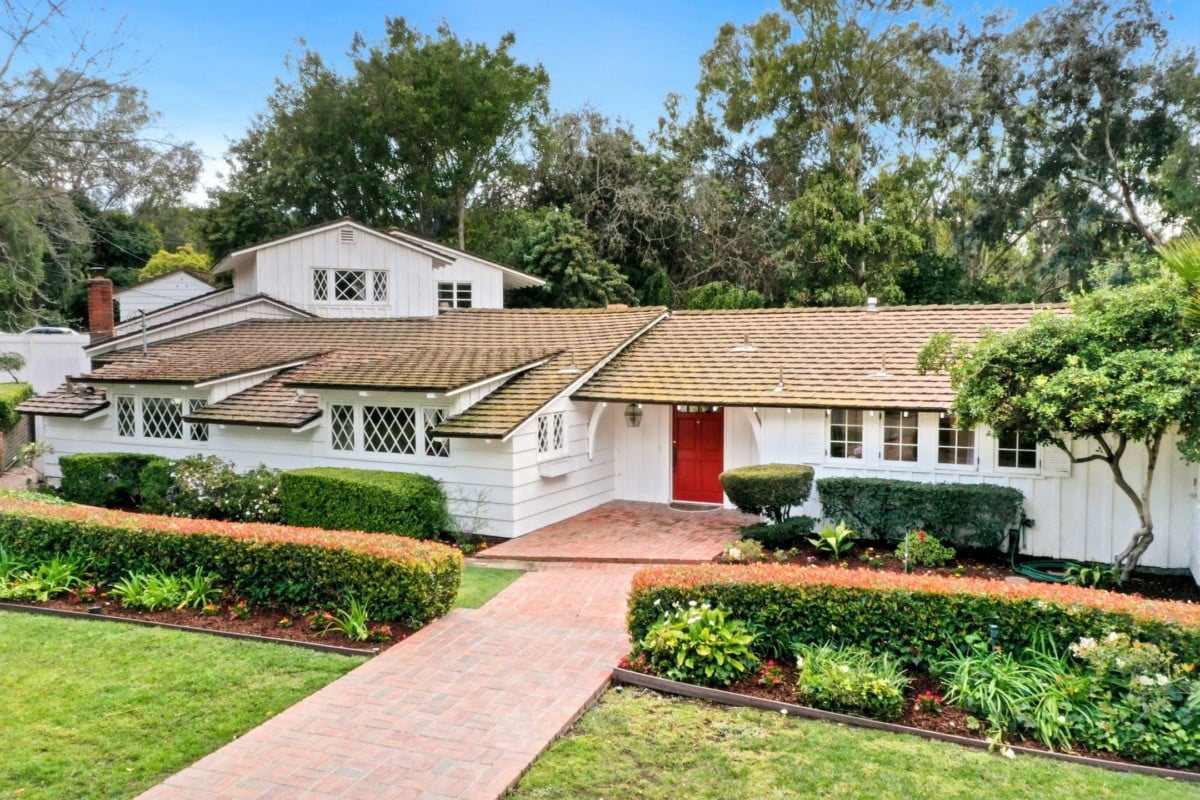
Start looking for your new home first
In cities where the demand is high and there are lots of motivated buyers, homes can sell fast. You don’t want to get stuck in a position where you are making a rushed decision on a home because your current one is about to sell. So whether you’re living in Sacramento, CA, or looking to buy a house in Austin, TX, it’s important to see what houses are out there before putting your home on the market.
“Homeowners need to take into account what they’ll get for their home when they sell it, but they also need to take into account what they’re giving up. I always advise potential sellers to look at the homes on the market, and if they don’t see anything they like, I recommend that they wait to list until they do,” said Portland, OR Redfin real estate agent Rebecca Walter.
Pro Tip: “Deciding if now is the right time for you to buy depends more on your personal financial situation and lifestyle preferences than on timing the real estate market. The goal should be to make sure that a mortgage payment doesn’t reduce or eliminate your ability to save for other goals, such as retirement or building well-balanced wealth.” – Will Ashburn, Finwell
6 options for selling and buying in a seller’s market
When you’re deciding on selling and buying in a seller’s market, it can seem overwhelming to know the right steps to take. Luckily, there are six different options you can explore while preparing to sell your house.
1) Buy before selling in a seller’s market
While browsing your favorite real estate app for homes you’re interested in, your first instinct may be to buy a new home before selling. If you’ve found a home to put an offer on you’ll likely have to compete against other potential buyers. When making an offer, you’ll want to put the least amount of contingencies on your offer as possible. In a seller’s market, you may be tempted to put an offer on a home that’s contingent on the sale of your current home. However, this may end up turning sellers off of your offer. Another option to consider is gap financing such as a Home Equity Line of Credit (HELOC) or a Bridge Loan.
For those unfamiliar with HELOC or Bridge Loans, they use your home’s equity, the difference between your home’s value and the amount owed on your mortgage, to secure the loan. HELOC loans allow you to borrow against your home, giving you access to money based on your home’s value. A Bridge Loan is a short-term loan that allows you to use the equity in your home for a downpayment on another home. HELOC or Bridge Loans may be good options for those looking to buy a home before selling, but it is always important to talk with your lender to know if you qualify for either of these loans.
“If you’re looking to buy and move into your retirement dream home, and are old enough to withdraw from your 401(k), IRA, or Roth IRA, then many banks can consider this asset as “income,” which may allow you to qualify for financing that would otherwise be declined. To execute this strategy correctly, buyers should consult with a Certified Financial Planner Professional specializing in retirement income planning,” says Jon Castle of PARAGON Wealth Strategies in Jacksonville, FL.
2) Buy first and sell your home to an iBuyer
Another option to consider when selling and buying in a seller’s market is to sell your home to an iBuyer. If you’ve found the right home and you’re ready to make an offer but haven’t listed your current home, you can sell your house fast to an iBuyer. With an iBuyer, you can get an all-cash offer on your home, allowing you to make a stronger offer on your next home.
You can typically close within 10 to 60 days after accepting the iBuyer’s offer. That way you can sell your current house quickly and buy your next home without the hassle of pre-listing repairs, staging, or negotiating.
3) Sell first, but work out a deal with the buyer
Luckily when you own a home in a seller’s market, you have the upper hand. Buyers are often willing to offer incentives to close the deal, and they might be more flexible on the timing. That means you can ask for more time if you need it, making sure you can find a home to buy without losing out on selling your current home, especially in a seller’s market.
You can also consider requesting a rent-back agreement from potential homebuyers. A rent-back agreement means that the homebuyer purchases your home and you rent it from them for a specified period of time. This gives you the flexibility to stay in your home when you’re in the process of moving into your next home.

4) Make a contingent offer, but make it strong
If you don’t qualify for a HELOC or Bridge loan, you can make an offer on a home that is contingent on selling your current one, but it needs to be as strong as possible. There are many different ways to make your offer stand out to buyers.
“If you HAVE to make a contingent offer, then offer a higher price than what the home is listed for. You could also offer to pay for repairs, and put down more earnest money. In addition, you could waive the inspection and appraisal contingency. Be sure to discuss the options with your agent to come up with as strong of an offer as possible,” said Walter.
5) Turn your home into an investment property
When you’re selling and buying in a seller’s market another option to consider is to rent your current home until you find a new home to buy. In a market where there are more buyers than sellers, it’s possible to find renters who will pay more than what you owe each month on your mortgage loan. But it’s important to talk to a lender first to make sure that renting your home is an option. If your home isn’t completely paid off and you need another mortgage to purchase your next home, it means you’ll be taking on two loans at once.
“If you’re in a situation where you can rent out your existing home, and it’s profitable, that’s the dream scenario. You can continue to build equity in your home while your mortgage is being paid by someone else. But there’s always a trade-off. You can be suddenly stuck with having to pay large expenses with repairs or problems at the property. Even if you use a property management company, they’ll take a cut. It can be very rewarding, but also very challenging,” said Los Angeles, CA Redfin real estate agent Arto Poladian.
6) Don’t buy… for now
As a homeowner, you may feel pressured to move into a home immediately after selling your current home. However, moving into a rental property after selling your home may be a good option. If you’re open to moving into a rental, then you can sell your current home and save the money for when the time is right to buy.
Depending on your situation this can take the pressure off finding a new place to call home when selling and buying in a seller’s market. Sometimes the inconvenience of moving twice in a short period of time can be worth it if you can find a rental in your price range.
“Some of my clients have no problem finding a rental that meets their needs, but others with specific requirements – like staying within a certain school district – can find it challenging,” said Poladian. “If you’re open to renting, I suggest that you start looking for rentals once you have an offer on your home and any contingencies on the offer are cleared, which means the deal is most likely going to go through. If you don’t want to commit to a one-year lease, you should explore short-term corporate housing-style apartments that offer three to six month stays.”
While the idea of buying and selling a home in a seller’s market may seem overwhelming, there are many options available to make this transition smooth. Speaking with your agent and lender can help you decide which of these six options is the best fit for your homeownership goals.



























 United States
United States Canada
Canada